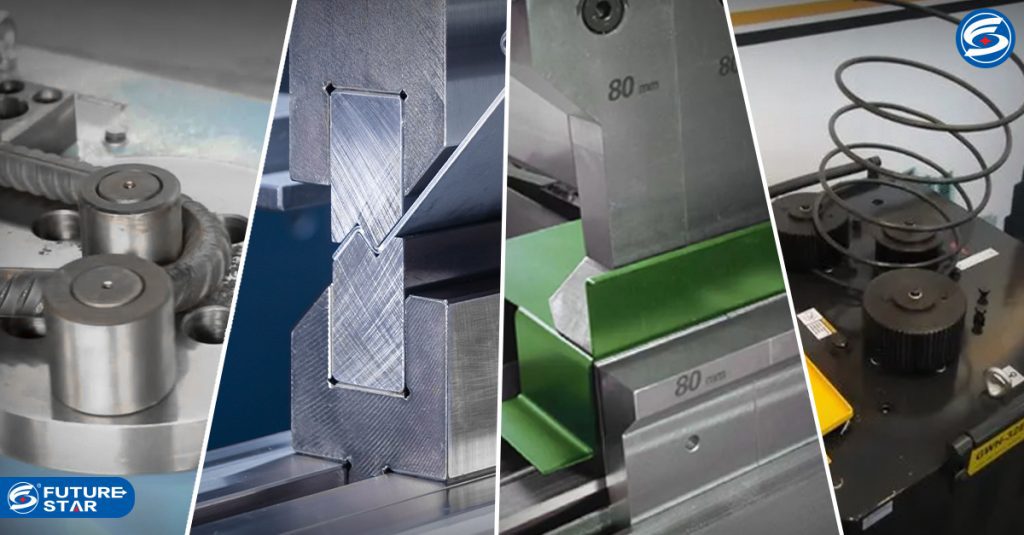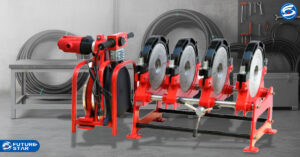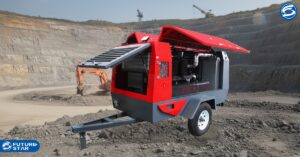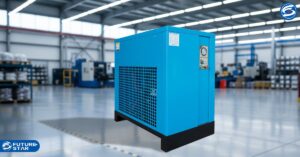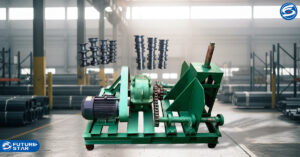The development of heavy equipment in construction.
Bar Bending is one of the equipment that must be present in every construction project work.
The proliferation of the Manufacturing Industry in the construction sector will force business people to always face competitors in the products they are involved in. The high number of development or construction in each country can be proven by the demand for various materials, both machinery and equipment.
In a large project that will certainly involve various elements as a contribution to the process.
In the process, all stages of development are certainly unavoidable and mandatory. Such as making frames in buildings or constructions that must be considered for strength and accuracy.
Discussing the construction industry, of course there are many definitions and applications of equipment and developments that are used in every industry involving heavy equipment. In this case, of course we already know that the existence of each heavy equipment is the main key to success in completing the work.
Bar Bending is a must-have equipment in every construction or mining project and others. As for some classifications of Bar Bending based on the type of bend (on the bent part), the following bends are produced.
Some types of bending bars if classified based on the bending above are as follows:
- 1) Bar Bending type U: Is one type of bending bar used in the bending process that has a U-shaped bend, too dense and narrow. Then the former bending results are replaced by a mandrel (tool against which material can be forged, pressed, stretched or shaped) bending. Mandrel benders have a narrow geometry.
2) Bar Bending type Offset: An offset bending tool (bent longitudinal reinforcement section) is used to assemble two bends with a short distance between in one step.
3) Bar Bending type Edge: Bar Bending type edge is used, when the bending shaft is placed parallel to the tight side of the workpiece. This type of bar bending serves to bend at the edge can include electronic angle measurements allowing high bending accuracy. - 4) Bar Bending type Torsion: In this type of bar bending, there is a part to twist or rotate the workpiece on the longitudinal axis. Can be applied to complex assembly groups with bends that are still standard.

